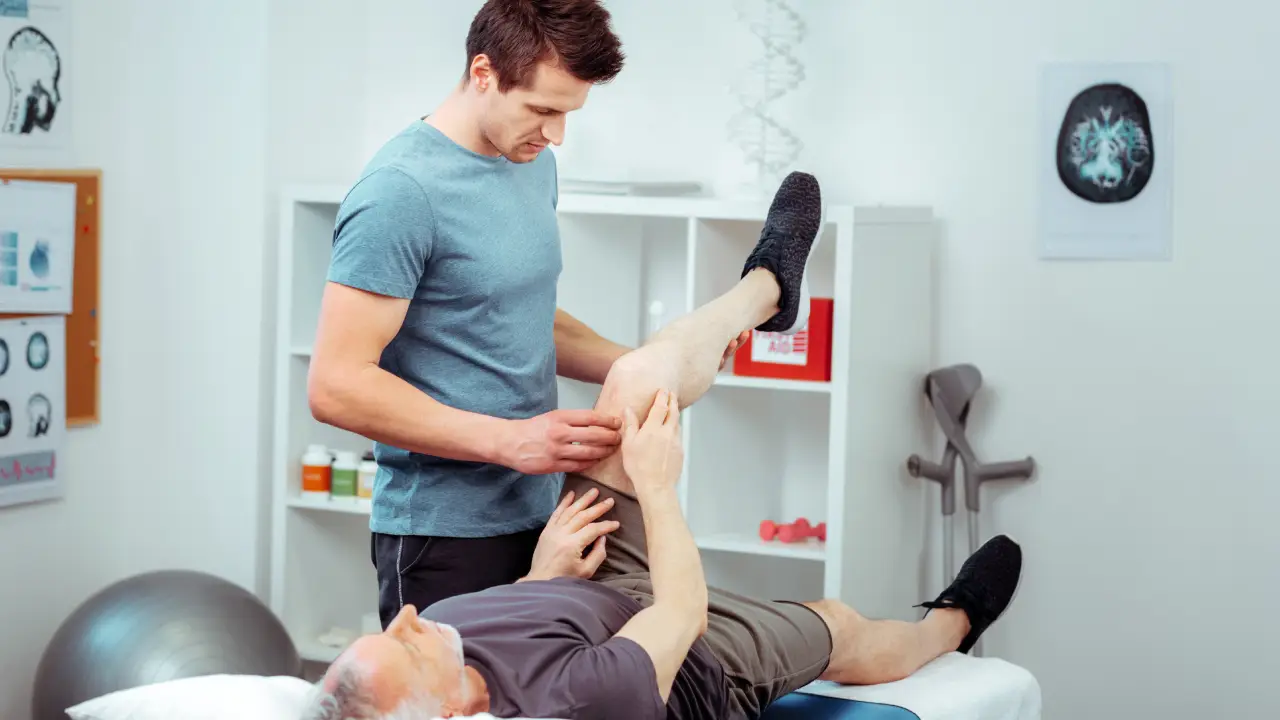
9 Ways Massage Therapy in Calgary Can Improve Your Mood and Focus
- Wed Oct 15

Movement is something most people don’t think about until it begins to feel restricted or awkward. The way someone reaches for a cup, gets in and out of a vehicle, or bends to tie a shoe can reveal how their joints and muscles work together. In Calgary, daily routines often involve varied terrain, long commutes, computer-based work, winter conditions, or recreational activity. All of these influence how the body adapts and compensates.
For this reason, a Chiropractor often looks beyond isolated discomfort and focuses on how the body moves in familiar settings. At our clinic, the goal is to observe movement in a practical context and note how different joints share the load. By reviewing movement patterns, a Chiropractor can gain insight into which areas may require more attention.
Mobility patterns reveal how well the spine, hips, shoulders, and extremities coordinate. When one area moves less freely, another may work harder to compensate. Over time, this can lead to stiffness or inefficient movement habits.
A Chiropractor considers Mobility patterns because they help identify how daily behaviours influence Posture, gait, balance, and motion. Instead of focusing solely on one region of the body, these observations bring a broader view of movement as a connected system.
During an assessment, a Chiropractor may watch how someone stands, sits, rotates, steps, or lifts. There is often no rush; the aim is to observe the natural flow of movement. Calgary’s seasonal environment also plays a role. For example:
By watching movement from multiple angles, a Chiropractor can gather helpful information about joint motion and muscular involvement.
Below are twelve commonly reviewed movement patterns in a chiropractic assessment.
Turning the head from side to side helps a Chiropractor evaluate the quality of motion and whether one side rotates more freely than the other.
Lifting the arm overhead or reaching forward can reveal how the shoulder, rib cage, and upper back coordinate.
Bending forward and lifting the chest upward helps a Chiropractor observe how the spine segments move together.
This movement shows whether the hips or lower back initiate bending motions during everyday tasks like picking up groceries.
Watching someone sit and stand can indicate how well the hips, knees, and ankles share movement.
A Chiropractor may watch stride timing, foot placement, and weight distribution to understand gait.
Climbing steps can show whether one leg consistently takes more load than the other.
Observing how someone sits can reveal how the core and upper body work to maintain upright positioning.
Twisting the torso, whether seated or standing, provides insight into mid-spine and rib Mobility.
Standing on one leg allows a Chiropractor to examine balance, stability, and coordination between the hips and ankles.
Arm movement during walking can reflect the level of connection between the upper and lower body.
Breathing rhythm influences rib motion and Posture. A Chiropractor may observe how air moves through the chest and diaphragm during relaxed breathing.
Calgary residents often move between indoor and outdoor environments, in workplaces ranging from offices to trades to hospitality. Many daily activities require shifting between sitting, lifting, carrying, walking, and adjusting Posture. A Chiropractor observing movement patterns is looking for how those day-to-day tasks may be influencing joint motion over time.
Rather than isolating one symptom, this approach highlights how the entire body contributes to movement efficiency.
A Chiropractor can use the results of the Mobility review to suggest gradual adjustments to movement habits. You can integrate these suggestions into daily routines. The aim is to encourage smoother, more coordinated motion so that everyday tasks feel manageable and steady.
Mobility review also helps someone better notice how they move. This awareness can support more confident physical activity, whether at work, in fitness routines, or in home settings.
Suppose any of the movement patterns discussed above feel restricted, tense, or unfamiliar. In that case, a Chiropractor may help identify what is contributing to it. At our clinic, assessments are conducted calmly, with attention to real-world movement rather than forced motions. The intention is to build awareness and support comfortable daily activities.
Residents in Calgary who are interested in a movement-focused approach can schedule time with a Chiropractor at our clinic. The Port Physiotherapy is available for those who would like to begin exploring how their body moves in everyday situations.